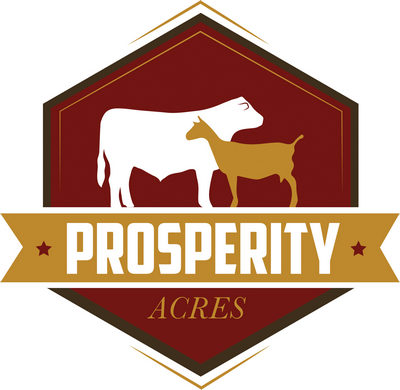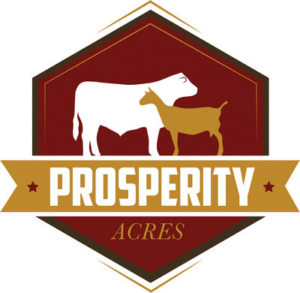Animals bodies are like humans in that that they need vitamins and trace minerals just like we do for the same reasons such as these, body produces skin, muscle, and bone. It churns out rich red blood that carries nutrients and oxygen to remote outposts, and it sends nerve signals skipping along thousands of miles of brain and body pathways. It also formulates chemical messengers that shuttle from one organ to another, issuing the instructions that help sustain our livestock and equines lives.
Vitamins and minerals are considered essential nutrients—because acting in concert, they perform hundreds of roles in the body. They help shore up bones, heal wounds, and bolster the immune system. They also convert food into energy, and repair cellular damage.
But trying to keep track of what all these vitamins and minerals do can be confusing. Read enough articles on the topic, and your eyes may swim with the alphabet-soup references to these nutrients, which are known mainly be their initials (such as vitamins A,B,C,D,E, and K—to name just a few).
A lack of key micronutrients can cause harm to the body, getting sufficient quantities can provide a substantial benefit. Some examples of these benefits:
- Strong bones. A combination of calcium, vitamin D, vitamin K, magnesium, and phosphorus protects your bones against fractures.
- Prevents birth defects. Taking folic acid supplements early in pregnancy helps prevent brain and spinal birth defects in offspring.
The difference between vitamins and minerals
Although they are all considered micronutrients, vitamins and minerals differ in basic ways. Vitamins are organic and can be broken down by heat, air, or acid. Minerals are inorganic and hold on to their chemical structure.
So why does this matter? It means the minerals in soil and water easily find their way into our animals bodies through the plants and water they consume.
Interacting—in good ways and bad
Many micronutrients interact. Vitamin D enables the body to pluck calcium from food sources passing through the digestive tract rather than harvesting it from the bones. Vitamin C helps absorb iron.
The interplay of micronutrients isn’t always cooperative, however. For example, vitamin C blocks the body’s ability to assimilate the essential mineral copper. And even a minor overload of the mineral manganese can worsen iron deficiency.
A closer look at water-soluble vitamins
Water-soluble vitamins are packed into the watery portions of the foods our animals eat. They are absorbed directly into the bloodstream as food is broken down during digestion or as a supplement dissolves.
Because much of the body consists of water, many of the water-soluble vitamins circulate easily in the body. The kidneys continuously regulate levels of water-soluble vitamins, shunting excesses out of the body through the urine.
Although water-soluble vitamins have many tasks in the body, one of the most important is helping to free the energy found in the food diet we feed our animals. Others help keep tissues healthy. Here are some examples of how different vitamins help you maintain health:
- Release energy. Several B vitamins are key components of certain coenzymes (molecules that aid enzymes) that help release energy from food.
- Produce energy. Thiamin, riboflavin, niacin, pantothenic acid, and biotin engage in energy production.
- Build proteins and cells. Vitamins B6, B12, and folic acid metabolize amino acids (the building blocks of proteins) and help cells multiply.
- Make collagen. One of many roles played by vitamin C is to help make collagen, which knits together wounds, supports blood vessel walls, and forms a base for teeth and bones.
Trace minerals carry out a diverse set of tasks. Here are a few examples:
- Iron is best known for carrying oxygen throughout the body.
- Zinc helps blood clot, is essential for taste and smell, and bolsters the immune response.
- Copper helps form several enzymes, one of which assists with iron metabolism and the creation of hemoglobin, which carries oxygen in the blood.
The other trace minerals perform equally vital jobs, such as helping to block damage to body cells and forming parts of key enzymes or enhancing their activity. We all try our best when it comes to raising our animals on pasture to grow what is needed for them, but not all vitamins and trace minerals reach the levels our animals need in their forage. Even if we are raising a herd that is out on pasture and not hand fed daily they should at a minimum receive a tub of vitamins and trace minerals in a feeder for them. This is especially true for the farms/ranches that operate Momma animals. The momma’s need to support not only themselves but their offspring.

